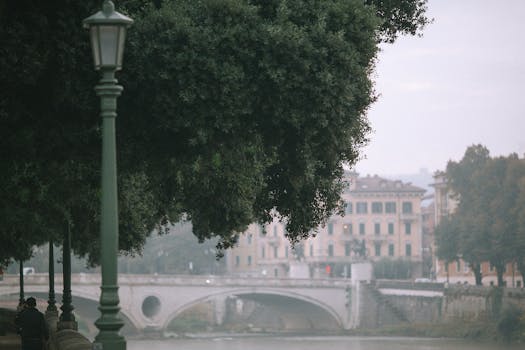
Urban Green Spaces: The Future of Outdoor Living in European Cities by 2025
Introduction to Urban Green Spaces
Urban Green Spaces, the future of outdoor living in European cities by 2025, is a topic of growing interest among urban planners, policymakers, and citizens alike. As the world becomes increasingly urbanized, the need for green spaces in cities has never been more pressing. Urban green spaces refer to areas of vegetation, water, and other natural elements within urban environments, providing numerous benefits to both human health and the environment.
Benefits of Urban Green Spaces
Urban green spaces offer a wide range of benefits, including improved air quality, reduced noise pollution, and enhanced biodiversity. They also provide opportunities for recreation, socialization, and relaxation, contributing to improved mental and physical health. Furthermore, urban green spaces can help mitigate the urban heat island effect, reduce flood risk, and promote climate change resilience.
European Cities Leading the Way
Many European cities are at the forefront of urban green space development, incorporating innovative designs and technologies to create sustainable and thriving environments. Cities such as Copenhagen, Stockholm, and Amsterdam are investing heavily in green infrastructure, including parks, green roofs, and urban forests. These efforts not only improve the quality of life for citizens but also support economic growth, tourism, and urban competitiveness.
Challenges and Opportunities
Despite the numerous benefits of urban green spaces, there are also challenges to be addressed. These include limited funding, lack of space, and conflicting land-use priorities. However, these challenges also present opportunities for innovation and creativity, such as the use of vertical gardens, green walls, and urban agriculture. By embracing these opportunities, European cities can create vibrant, sustainable, and resilient urban environments that support the well-being of both people and the planet.
Conclusion
In conclusion, urban green spaces are a vital component of the future of outdoor living in European cities by 2025. As the urban population continues to grow, it is essential that cities prioritize the development of green infrastructure, incorporating innovative designs, technologies, and strategies to create sustainable and thriving environments. By doing so, European cities can improve the quality of life for citizens, support economic growth, and contribute to a more sustainable and resilient future.



